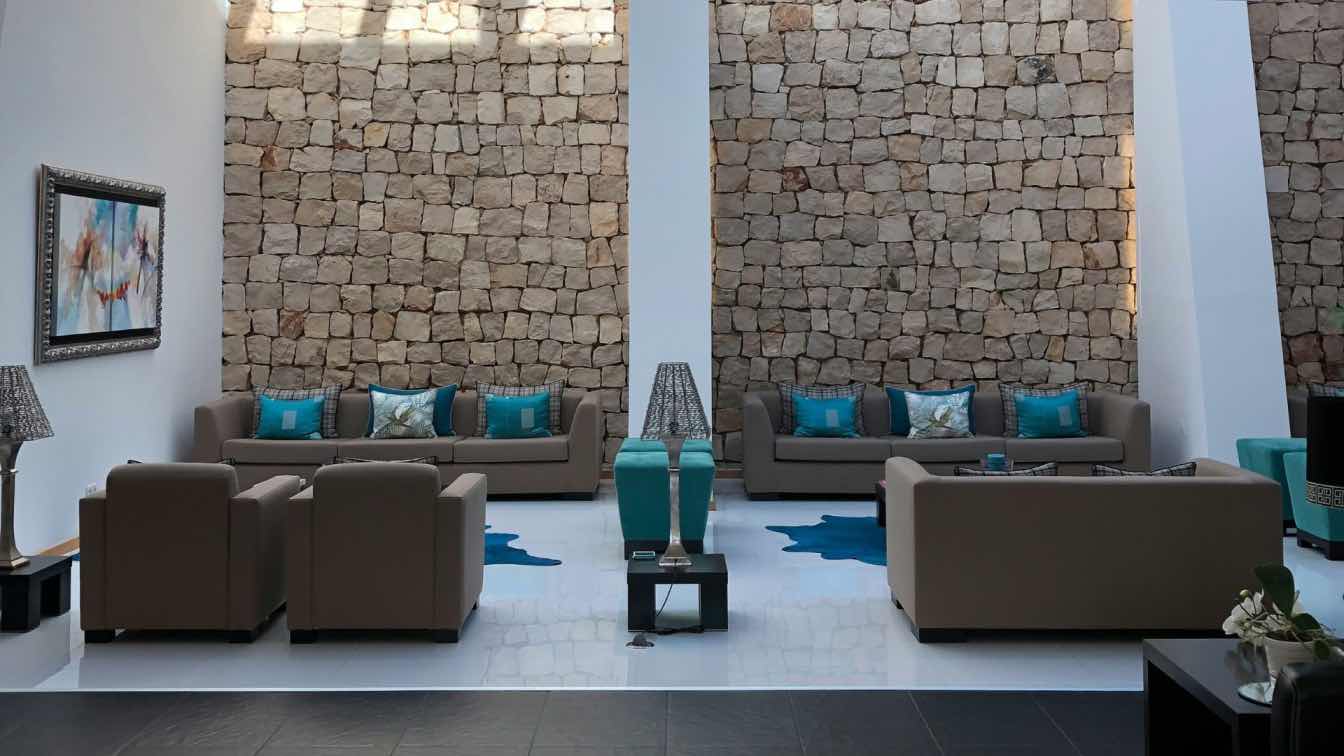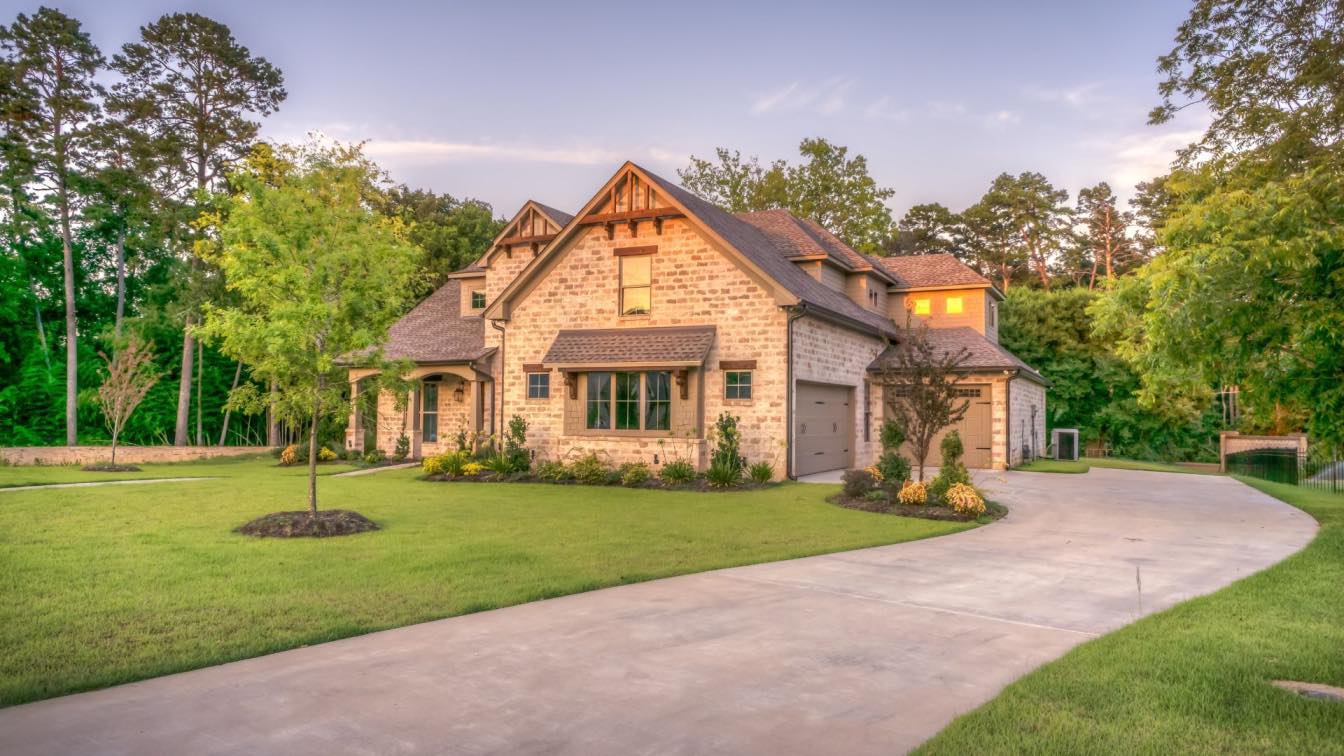Open-plan regions have revolutionized contemporary-day dwelling by way of growing seamless waft among practical regions at the same time as maximizing natural slight and spatial perception.
However, the absence of walls affords specific challenges in creating fantastic zones whilst retaining visual concord in the direction of the distance. Strategic furniture placement turns critical for accomplishing each capability and aesthetic enchantment in those expansive environments.
Creating Distinct Zones Without Walls
The key to a successful open-plan layout lies in setting up clear obstacles among special useful regions and the use of furniture as architectural factors.
Position larger portions like sectional sofas, bookcases, or console tables to behave as herbal room dividers that separate the residing location from eating or kitchen areas.
Consider the use of a massive sectional couch with its back going through the eating place to create an invisible barrier whilst preserving communique glide.
This association offers snug seating at the identical time as simply delineating the dwelling area from adjoining areas.
Similarly, a high-quality bookshelf or amusement middle can serve dual functions by way of supplying storage even as developing seen separation among zones.
Strategic placement of furniture at angles in the region of in opposition to walls can also assist outline areas greater successfully.
An angled sofa association creates intimate communique regions whilst allowing website online traffic to drift honestly across the furnishings grouping.
The Power of Focal Points and Anchoring Elements
Every successful open-plan format requires strong focal points that draw the eye and anchor each beneficial quarter.
In residing regions, this is probably a statement fireplace, large paintings, or enjoyment center. Dining areas benefit from dramatic lights or accent partitions that set up the gap's identification.
By anchoring furniture groupings, rugs define areas and encourage a sense of consistency and cohesion in an open-plan layout.
If you're looking to furnish your space with pieces that balance function and modern style, a visit to a furniture store in Tampa can offer great inspiration and tailored solutions.
Position seating to face these focal factors whilst preserving clean sight traces in the course of the gap. This creates natural accumulating areas even as preventing the room from feeling scattered or unfocused.
Multiple focal elements can coexist in open-plan areas, however they must complement in choice to compete with each one of a kind.
Strategic Use of Area Rugs and Textiles
Area rugs function as one of the handiest gadgets for outlining spaces in open-plan environments. Large rugs that accommodate all fixtures pieces in a grouping create cohesive zones even as including warm temperature and texture to tough floors surfaces.
Choose rugs which might be proportional to your furniture arrangements. In residing regions, make certain the rug extends beyond the front legs of sofas and chairs to create a unified appearance.
For dining areas, select rugs massive enough to residence chairs even supposing pulled away from the desk.
Consider those rug placement strategies:
1. Layer special sized rugs to create visual hobby and depth
2. Use similar coloration palettes across rugs to preserve concord
3. Vary textures at the equal time as maintaining sun shades coordinated at some point of the gap
Traffic Flow and Circulation Patterns
Successful open-plan layouts prioritize clean web site site visitors gliding between unique sensible regions. Create smooth pathways that permit easy movement without disrupting man or woman zones or forcing human beings to navigate round fixtures arrangements.
Maintain at least 36 inches of clearance for number one walkways and 18 inches for secondary paths between furnishings pieces. This guarantees comfortable navigation whilst preventing the gap from feeling cramped or awkward.
Position furnishings to guide herbal site visitors styles as opposed to blocking them. For instance, attitude chairs slightly towards verbal exchange regions at the same time as leaving easy paths to the kitchen or eating zones. This subtle path enables site visitors to recognize the gap's organisation intuitively.
Lighting Design for Open Spaces
Layered lighting fixtures turn into critical in open-plan environments wherein precise zones require various levels of illumination for their precise functions.
Combine ambient, mission, and accent lighting to create intensity and visible hobby in the course of the distance.
Use pendant lighting fixtures or chandeliers to define dining areas at the same time as preserving constant ceiling pinnacle.
Floor lamps and desk lamps offer intimate lights for reading nooks or conversation areas. Consider installing dimmer switches to regulate lights levels based totally on awesome sports and times of day.
Furniture Scale and Proportion
Open-plan regions can accommodate large fixtures and pieces that could weigh down traditional rooms. However, keep right scale relationships between different elements to prevent any unmarried piece from dominating the whole area.
Mix furnishings heights to create a seen rhythm at some point of the layout. Combine low seating with taller bookcases or plant stands to add vertical hobby without blockading sight strains. This variation prevents the distance from performing flat or monotonous.
Storage Solutions and Organization
Incorporate garage solutions that decorate instead of detract from the open-plan aesthetic. Built-in shelving devices can characteristic room dividers at the same time as imparting vital storage. Ottoman garage portions offer dual capability as seating and corporation answers.
Keep storage fashionable and coordinated at some point of the space to hold visible continuity. Open shelving should be thoughtfully curated to avoid clutter, at the same time as closed storage permits maintain the smooth lines crucial to open-plan success.
Conclusion
Effective open-plan fixtures arrangement calls for balancing capability with aesthetic appeal while developing distinct zones that drift seamlessly collectively.
By the usage of furnishings as architectural factors, setting up strong focal points, and retaining proper scale relationships, you can create brand new dwelling environments that maximize each place and fashion.
Remember that a successful open-plan design evolves over the years, so stay bendy to your preparations as your life-style desires trade.





